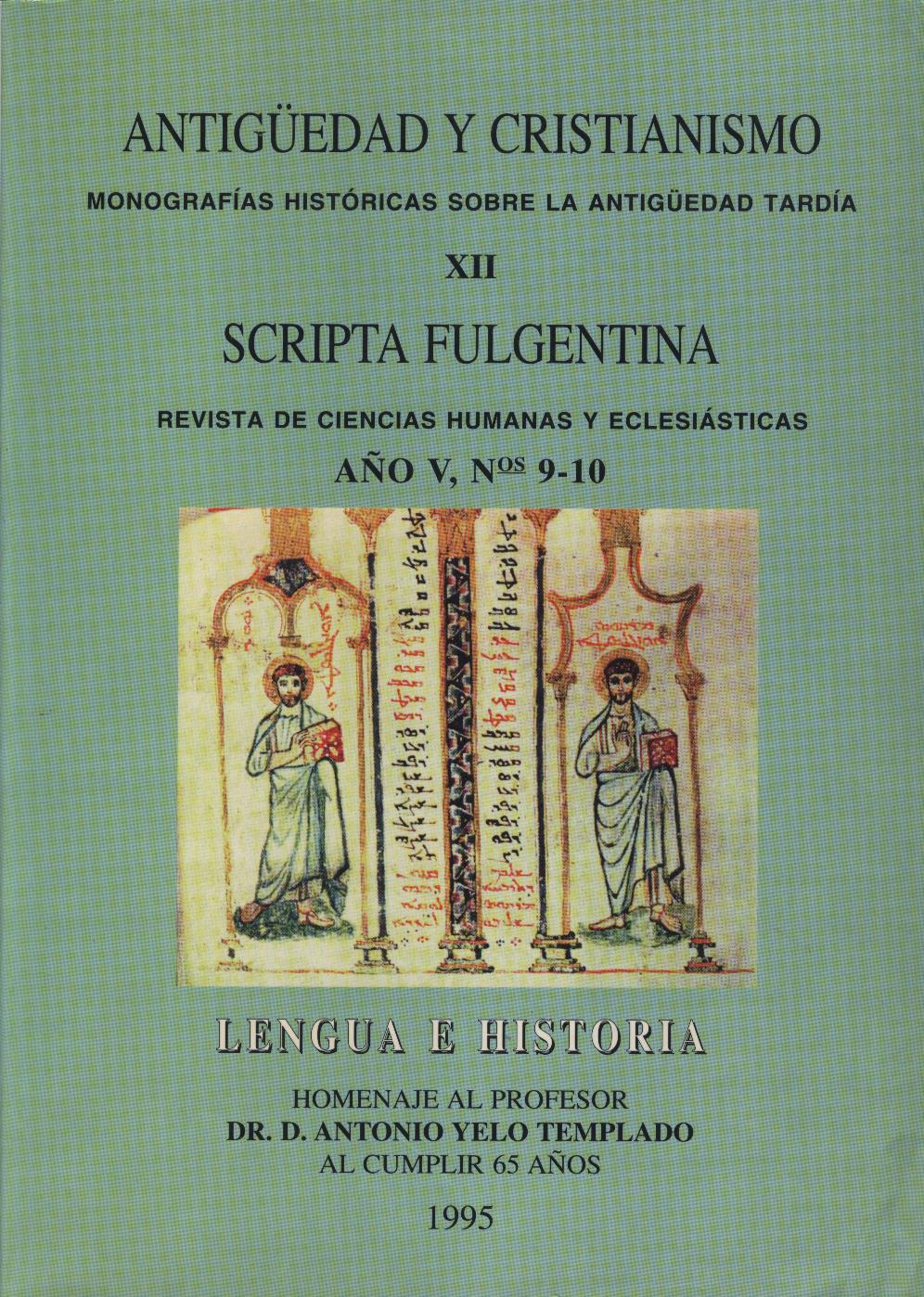LENGUA E HISTORIA EN PLATÓN: ORALIDAD Y ESCRITURA, MYTHOLOGEIN Y MYTHOLOGIA EN EL TIMEO Y EN EL CRITIAS
Resumen
This study explains the search for a new model which would define the relations between history and tradition. In this sense, the Platonical narrations Timeo and Critias enclose deep reflections on the relations between myth, memory and history in the Greek world. Contrary to the general idea held by the historians who consider the narration as a mythos, Platon presents it as a logos. From the fifth century on the Greek illustrated public distinguish between the various types of narrations: verifiable histories of the past, stories of archeological character or credibile logoi, and model mythoi. The Timeo and Critias belong to the second genre, the logographic narration in which the logos is expressed as the traditional language. At the same time, Plato takes into consideration and establishes the differences between mythologein, the oral transmission of the myths, and mythologia, the reflection and investigation of the ancient traditions related to the scripture and with the narrations.Descargas
-
Resumen484
-
PDF355
1. Los autores ceden de forma no exclusiva a la revista los derechos de explotación (reproducción, distribución, comunicación y transformación).
2. Las obras que se publican en esta revista están sujetas a la licencia Attribution-ShareAlike 4.0 International (CC By SA 4.0). Por lo que se pueden copiar, usar, difundir, transmitir y exponer públicamente, siempre que:
i) se cite la autoría y la fuente original de su publicación (revista, editorial y URL de la obra), permitiendo así su reconocimiento.
ii) se permite remezclar, transfromar o crear a partir del material mientras se mantenga la misma licencia del original.
Nota: Los artículos anteriores a 2022 muestran incorrectamente la licencia CC by SA en la página de resumen. Están bajo una licencia CC by NC ND tal y como se incluye en los pdfs de los artículos. Los artículos publicados en 2022 y después están bajo la licencia CC by SA.

3. Condiciones de auto-archivo. Se permite y se anima a los autores a difundir electrónicamente las versiones pre-print (versión antes de ser evaluada) y/o post-print (versión evaluada y aceptada para su publicación) de sus obras antes de su publicación, ya que favorece su circulación y difusión más temprana y con ello un posible aumento en su citación y alcance entre la comunidad académica. Color RoMEO: verde.
























